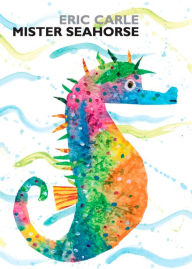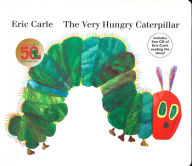BILL MARTIN JR was an elementary-school principal, teacher, writer, and poet, and held a doctoral degree in early childhood education.
ERIC CARLE's many innovative books have earned him a place in the canon of classic children's literature. Their four books together remain popular with teachers and parents and display an enduring ability to speak directly to children.

















